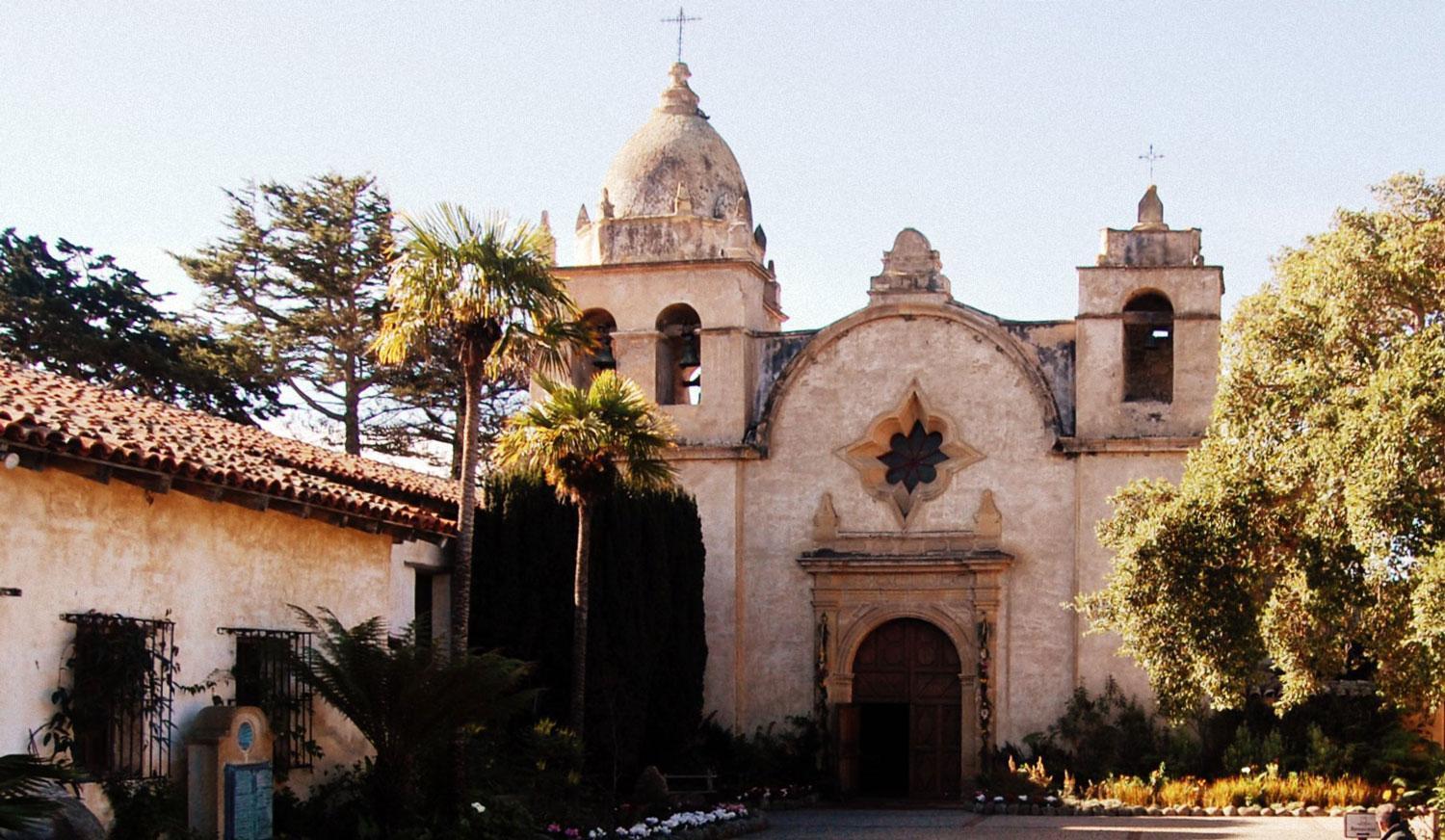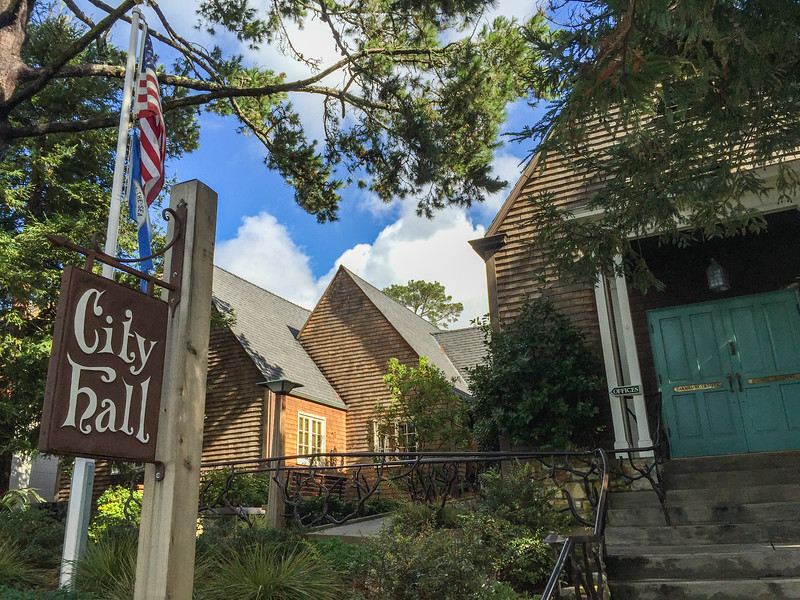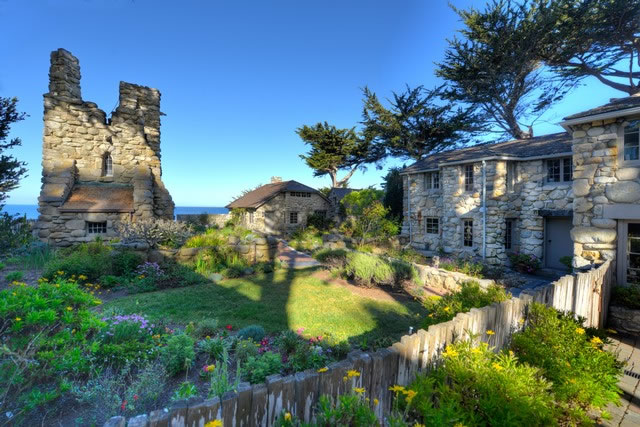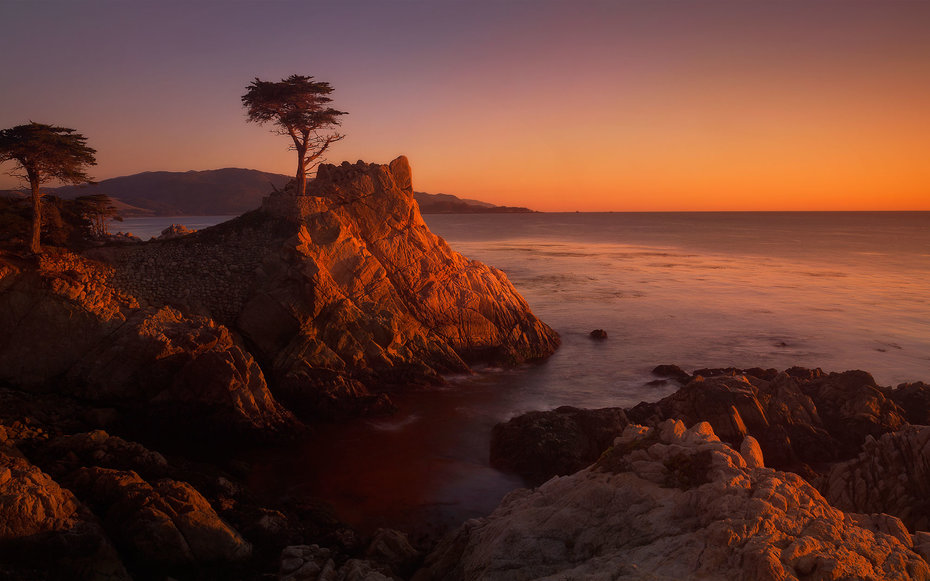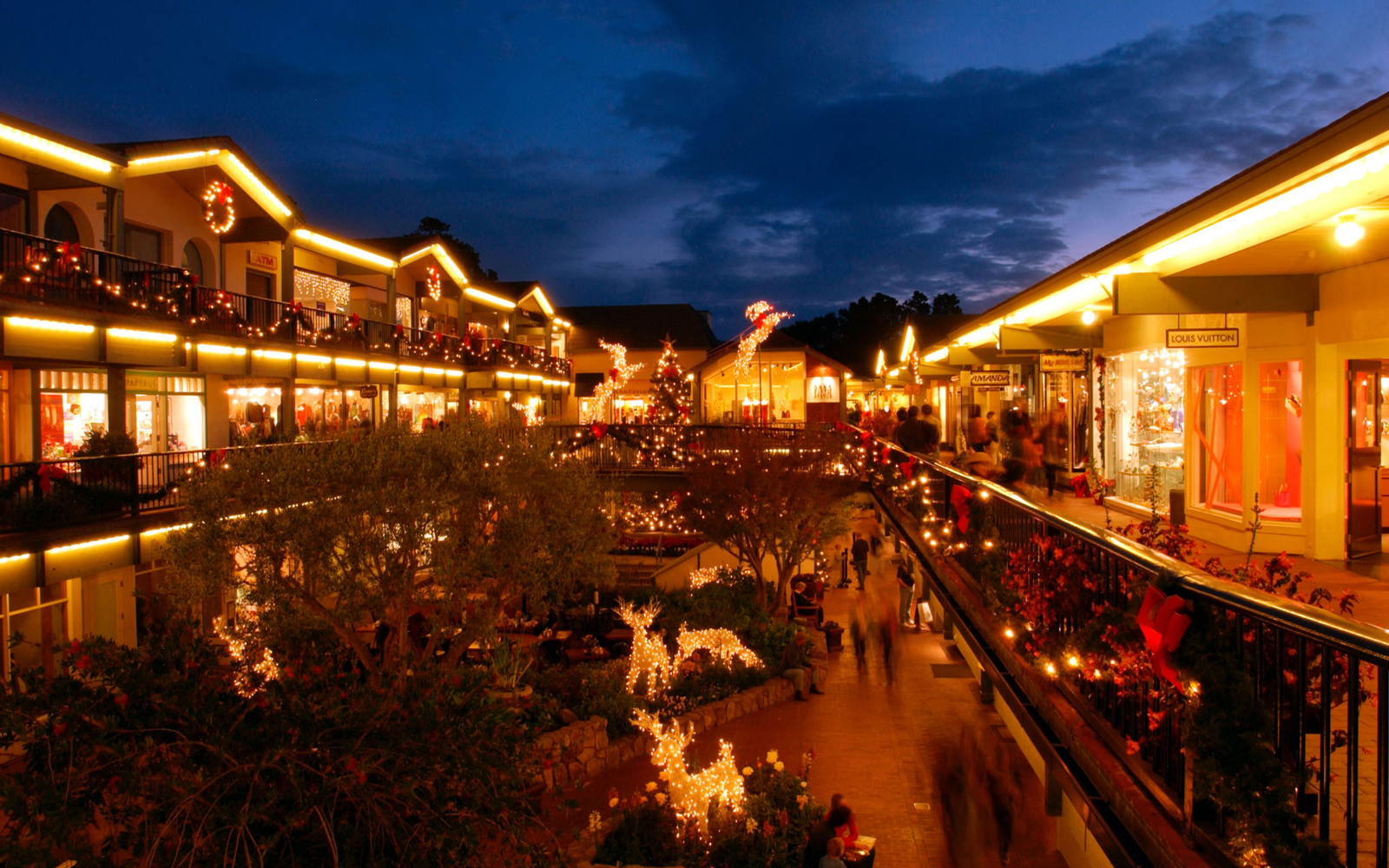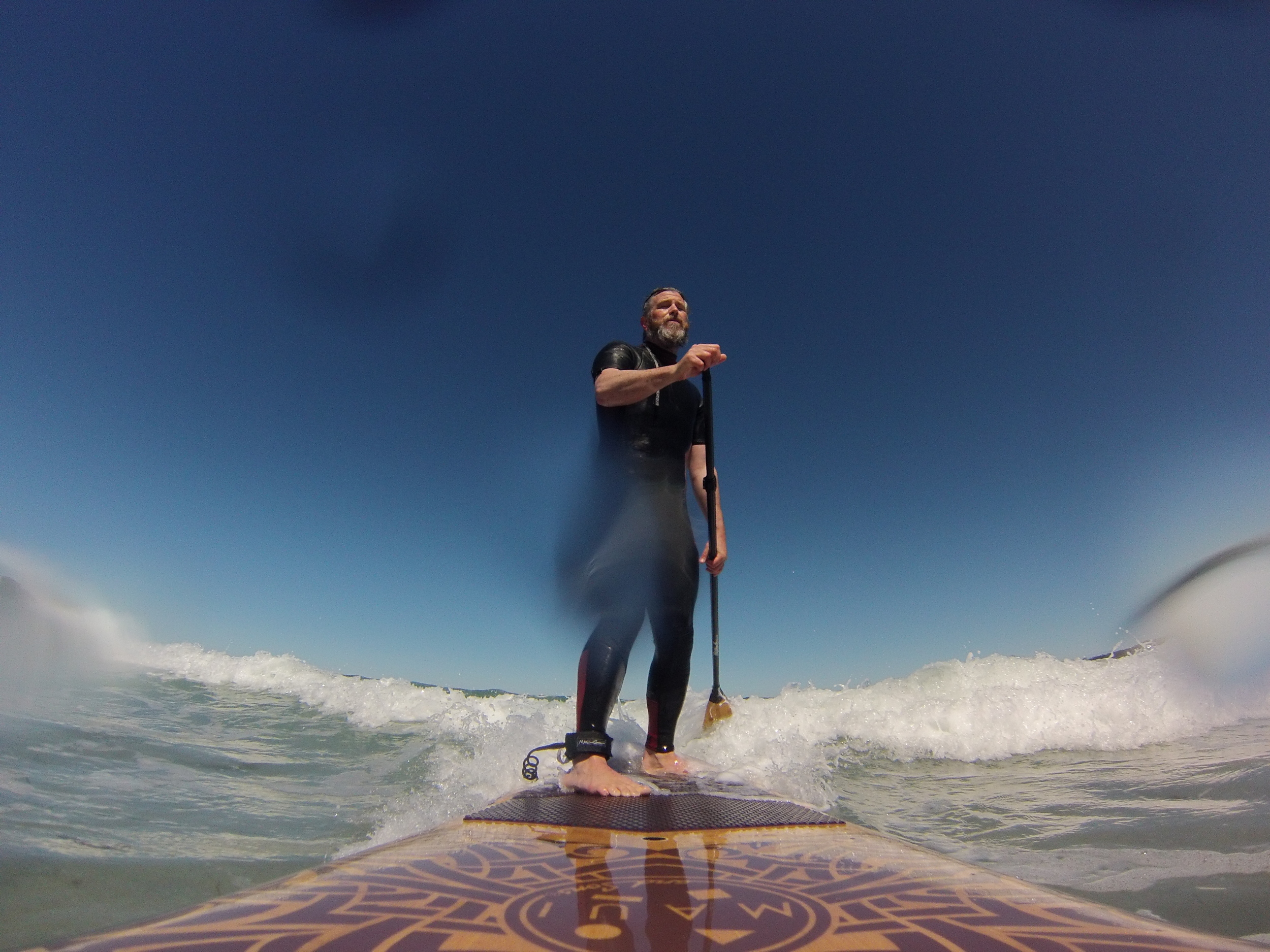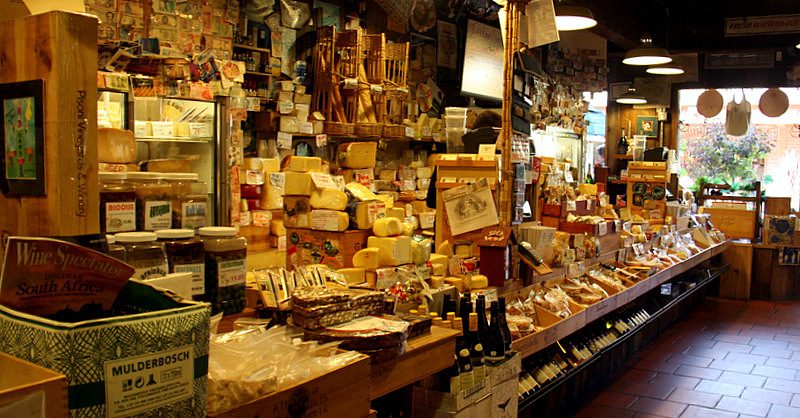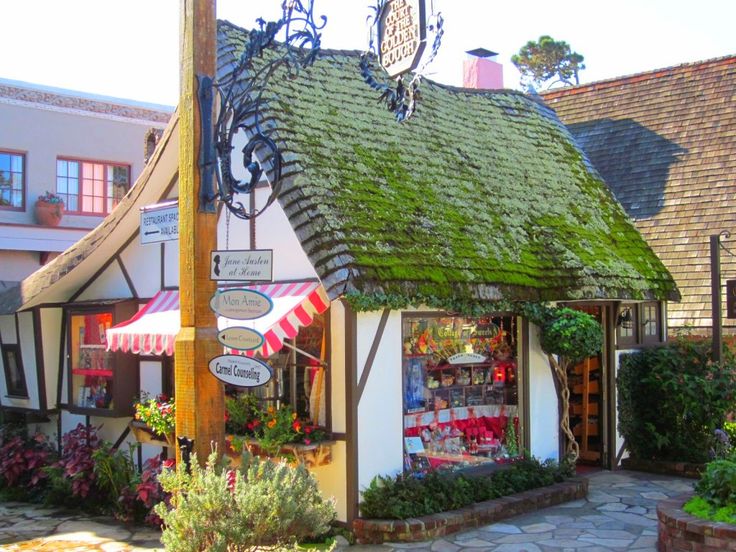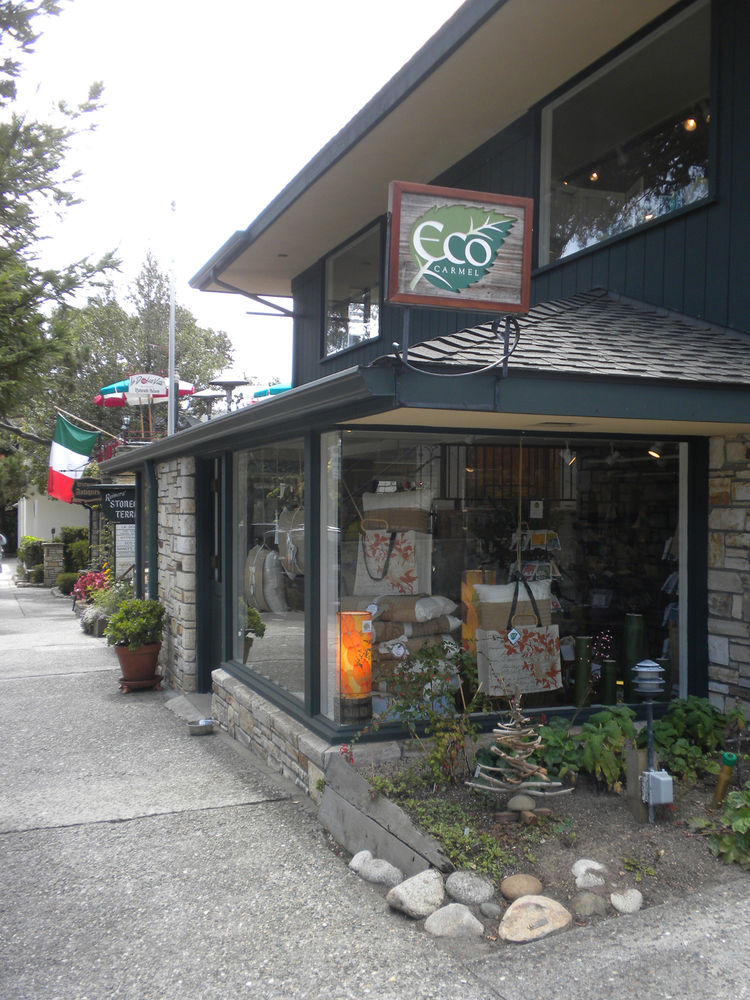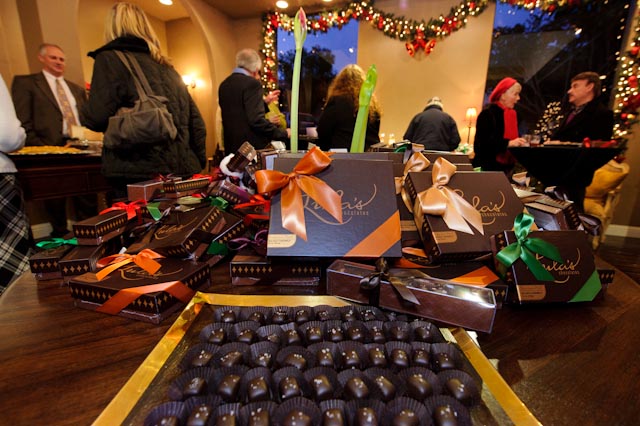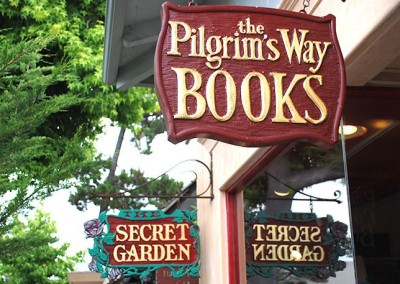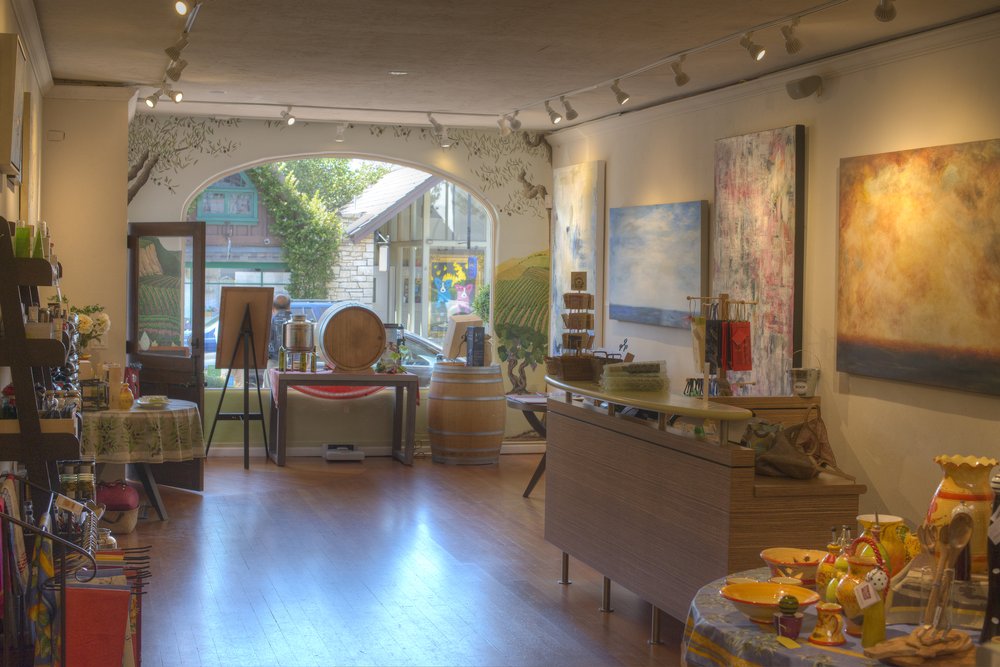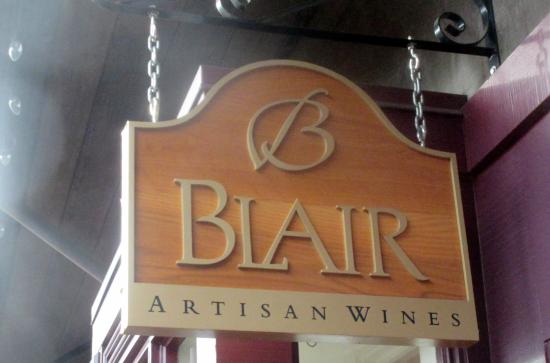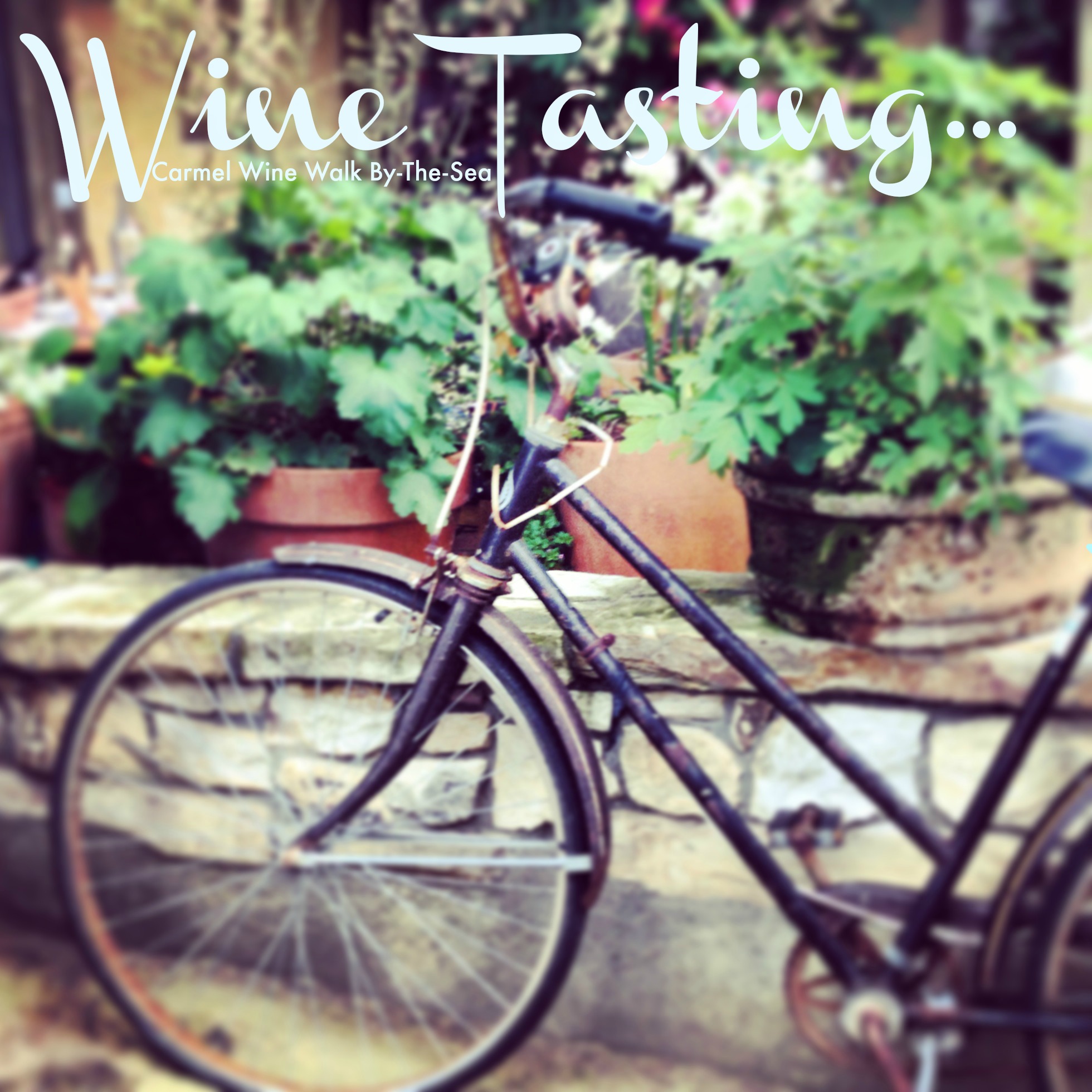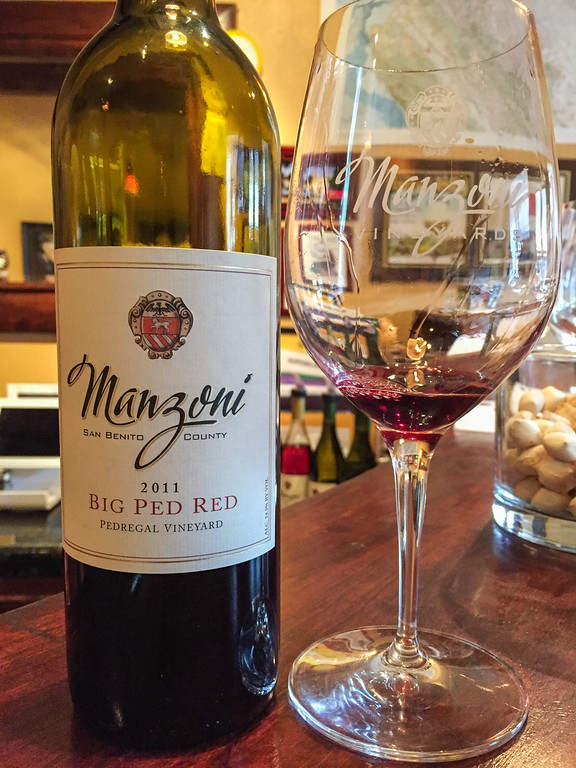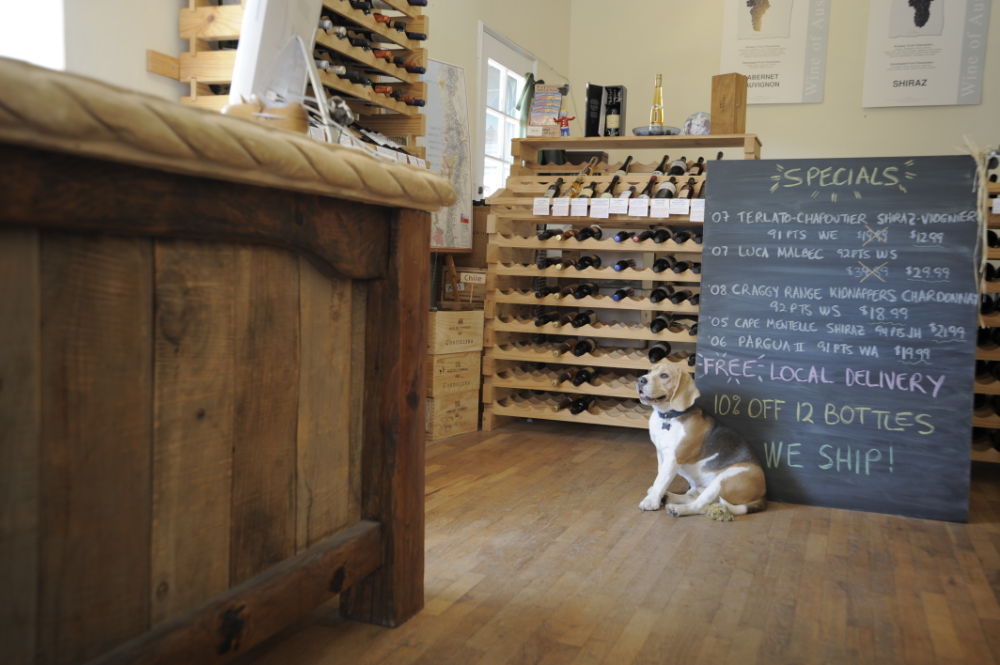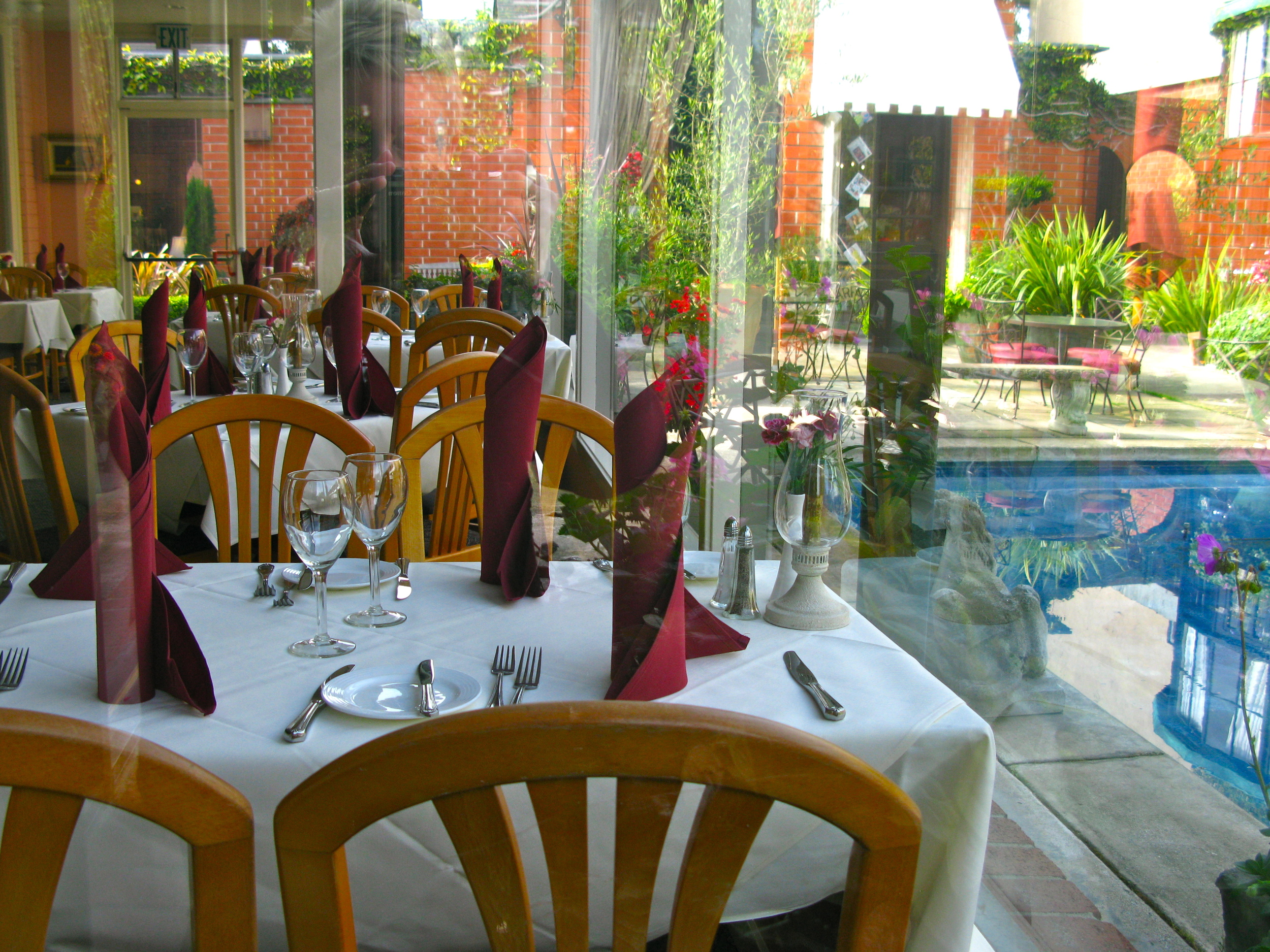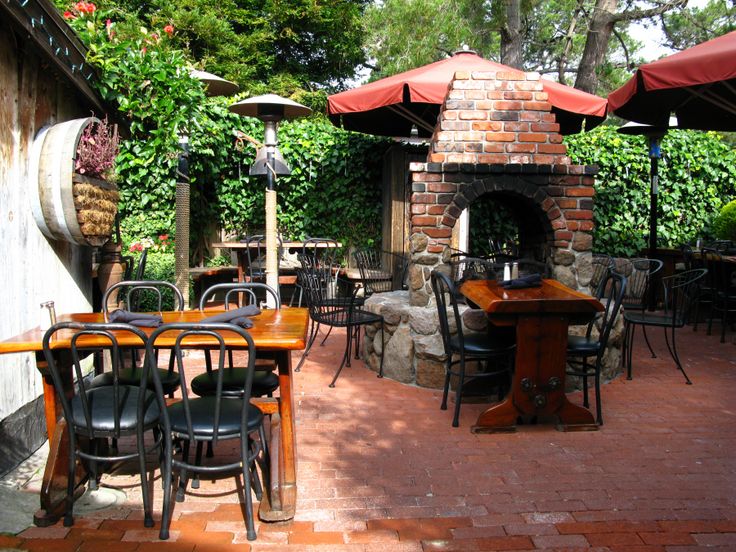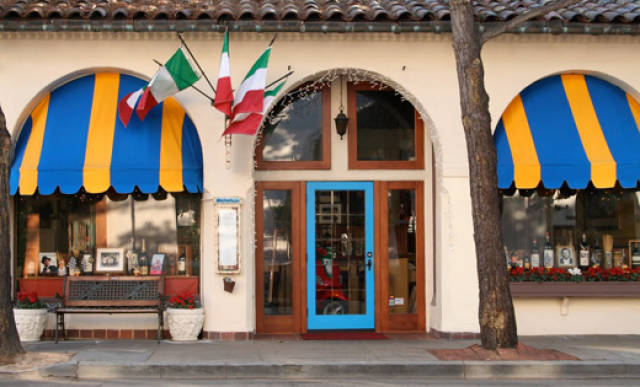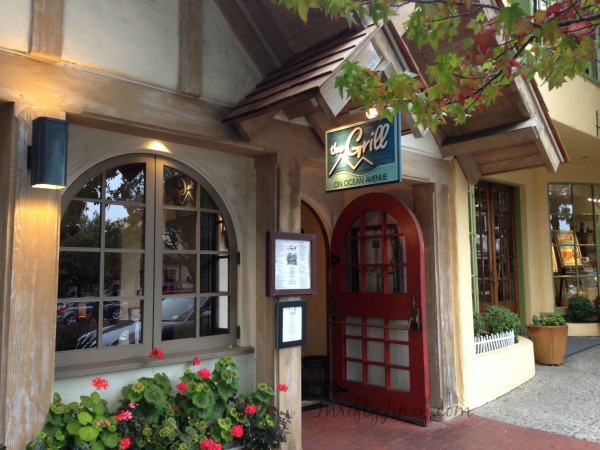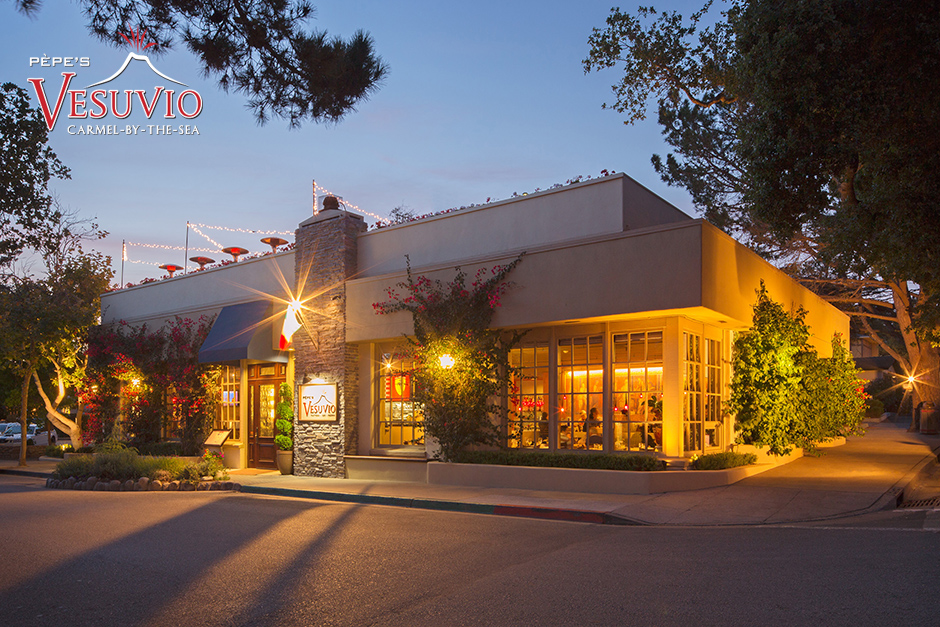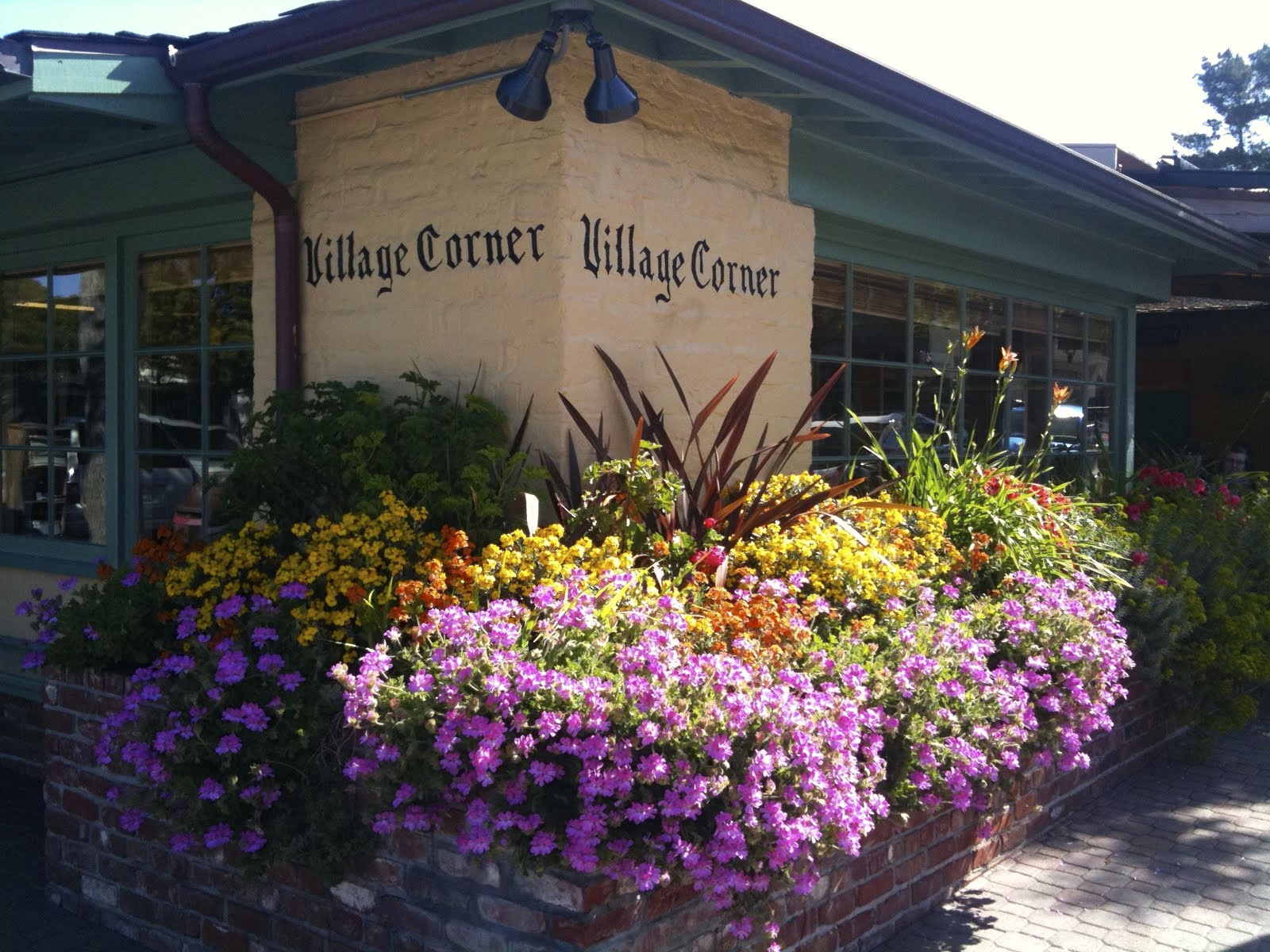It may be surprising to hear Carmel-by-the-Sea called a "city," given its population of about 3,800.
But if you grant the Monterey County hamlet "small city" status, as a recent Conde Nast Traveler readers survey does, then it's no surprise to learn Carmel not only made the list of the 10 Best Small Cities in America, it came in No. 2 — second only to Santa Fe, N.M., pop. 68,000.
It may be surprising to hear Carmel-by-the-Sea called a "city," given its population of about 3,800.
But if you grant the Monterey County hamlet "small city" status, as a recent Conde Nast Traveler readers survey does, then it's no surprise to learn Carmel not only made the list of the 10 Best Small Cities in America, it came in No. 2 — second only to Santa Fe, N.M., pop. 68,000.
The survey write-up also noted readers' two highest-rated hotels in the area. No. 1 isn't actually in Carmel: Bernardus Lodge, a vineyard-fringed oasis with a highly regarded restaurant and spa, lies 11 miles east in Carmel Valley. No. 2 L'Auberge Carmel is a jewel box in the heart of the village, but with just about the highest rates in town for a standard (and dare we say teeny) room: from $455 for a weekday in July.
Fortunately, Carmel offers many more moderately priced but equally charming lodging options within walking distance of all America's second best small city has to offer. From the quaint rooms in the thoughtfully renovated La Playa Carmel on the west side, it's a short downhill stride to the beach (where bonfires are permitted south of 10th Avenue by local ordinance.) On the quiet, eastern upslope, the family-owned Hofsas House offers residential-sized suites within a short stroll of restaurants and shops. In between is Doris Day's Cypress Inn, renowned for its dog-friendliness, as is the entire village.
While visitors can ride Monterey-Salinas Transit's Route 22 bus to Big Sur daily between Memorial Day and Labor Day (and weekends after that), or take the hourly Grapevine Express bus to Carmel Valley wineries, having so much to explore within walking distance of the village is a major part of Carmel's appeal.
Here are five highlights, with more details in the photo gallery above:
1. Vintage charm. No sightseeing in Carmel would be complete without a walking tour—formal or informal—of historic buildings, staring with its oldest. Founded in 1771, the Carmel Mission is a 20-minute walk from downtown on leafy Junipero Street (which becomes Rio Road), but is well worth the effort, given its restored basilica church, gardens and cluster of small museum galleries with permanent and temporary exhibitions.
Fans of the 20th century storybook cottages of Hugh Comstock and other designers can learn more about them, and their often famous inhabitants, on one of Gael Gallagher's Carmel Walks ($25), which also include Carmel Heritage Society's First Murphy House, built in 1902. On Fridays and Saturday, docents lead tours of poet Robinson Jeffers' romantically snug Tor House and striking Hawk Tower, on scenic Carmel Point, a half-hour's walk from downtown.
2. Carmel Beach. If you walk all the way down to this mile-long stretch of soft, white sand, you will of course have to walk all the way up, so feel free to relax for a couple of hours while you're there. If you don't feel like cavorting with all the dogs—they're allowed to run off-leash on the beach while under "voice command" — Monterey Bay Surf Lessons offers group ($90) and private ($125) classes to get you out on the waves, along with equipment rentals (including wetsuits) for those who already know the ropes. Beach volleyball courts provide another distraction for those not contented with views of Pebble Beach to the north and the Frank Lloyd Wright house perched on the point to the south.
During the day, facing west may bring glimpses of dolphins, sea lions, sea otters or migratory whales. After sunset, warm yourself up with a beach bonfire; they're permitted as long as they're bonfires south of 10th Avenue, at least 100 feet from back of the beach and not on a Friday, Saturday, Sunday of holiday.
3. Boutique shops. Yes, a few chain stores have crept into the village over the years, but window-shopping and browsing in the independent and family-owned businesses of Carmel is a must-do any time of the year. The cute fairy-tale exterior of the 1922 Cottage of Sweets on Ocean Avenue (between Monte Verde and Lincoln streets) is as delicious as the chock-a-block wares inside, although Lula's Chocolates on Mission Street (between Ocean and Seventh avenues) tempts with locally made, artisanal confections. Checking out the whimsical clutter of Souvenir, a French Apartment Shoppe, at the corner of Sixth Avenue and San Carlos Street, is like peeking into the dressing room of a bauble-loving Parisian.
Eco Carmel, on San Carlos between Seventh and Eighth avenues, has a more modern approach, focusing on environmentally friendly but attractive gifts and items for the home, while the Pilgrim's Way Bookstore offers an eclectic trove of fiction and nonfiction and the passageway to the Secret Garden, a hidden oasis of plants, art and gifts, off Dolores Street between Fifth and Sixth. Many visitors enjoy sampling the wares at Trio Carmel, which has vats of specialty olive oils and cruets of balsamic vinegars ready to dispense tastes. The Cheese Shop, meanwhile, has been enticing customers with samples of cheeses from around the world since 1975; it's on the lower level of Carmel Plaza (at Ocean and Junipero avenues.)
4. Wine tasting. Sampling the region's increasingly renowned Pinot Noir and Chardonnay is a breeze in Carmel, especially given the dozen Monterey County vintners with tasting rooms in the Carmel Wine Walk by-the-Sea passport program; for $65, passport holders can enjoy free tastings at nine out of the 12 — all but two open daily. The passport doesn't expire, all the better to take your time admiring the quaint architectural details on the way to more hidden spots, such as Manzoni Cellars or Blair Estate, in the Paseo Courtyard off San Carlos Street between Ocean and Seventh avenues. The passport also comes with a list of restaurants that will waive corkage fees on bottles purchased at the tasting rooms.
Looking for something more than local grapes? Southern Latitudes, on Lincoln Street between Ocean and Sixth (across from Carmel's inviting library, designed by Bernard Maybeck), concentrates on the wines of Australia, New Zealand, South Africa, Argentina and Chile, with five to six available for tasting at any given time.
5. Cozy restaurants. We could call this category "fine dining," because some of Carmel's culinary outposts are very fine indeed, but then that would exclude the many restaurants that simply serve good, locally sourced food in memorable settings. Two indoor-outdoor corner restaurants, beloved fixtures on the Carmel dining scene for decades and great for people-watching, are the Village Corner (Sixth and Dolores), serving comfort food and Mediterranean and the Forge, long known as the Forge in the Forest (Junipero and Fifth), specializing in grilled meats, seafood and American fare.
The Village Corner has an eclectic group of siblings, including the California/Asian-inspired (and popular) Grill on Ocean Avenue (between Lincoln and Dolores); the more formal Anton & Michel, which serves "creative continental cuisine" in the charming Court of the Fountain (off Mission Street between Ocean and Seventh); and the homey Flaherty's Seafood Grill and Oyster Bar (Sixth between Dolores and San Carlos), which prides itself on sustainable, wild-caught seafood.
Hidden in a quaint courtyard off San Carlos Street between Ocean and Seventh avenues is one of Carmel's most exciting restaurants, the five-year-old Mundaka, where chef Brandon Miller prepares tapas inspired by the region's bounty as much as Spain's ingenuity. Italian remains the most popular genre, though, reflecting local ancestry and taste. Vesuvio — part of the Pepe family-owned restaurant group that in downtown Carmel includes the original Little Napoli and the wine bar Vino Napoli — also attracts patrons with the hopping happy-hour at its rooftop bar.
By Jeanne Cooper| SF Gate


